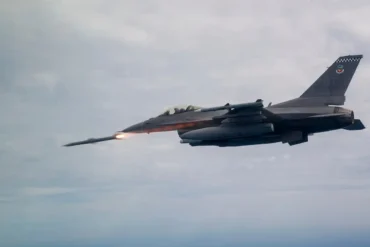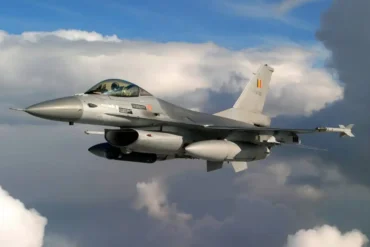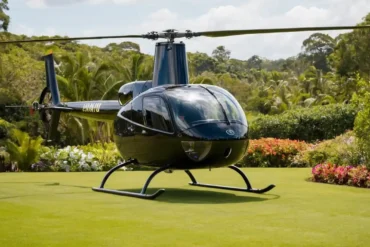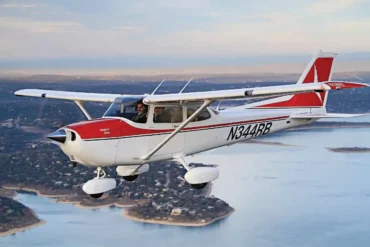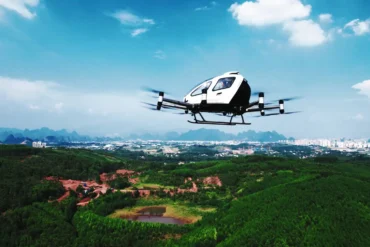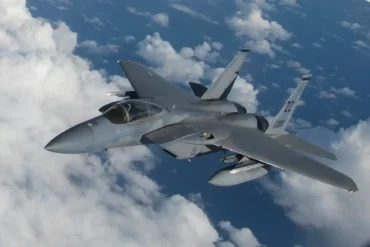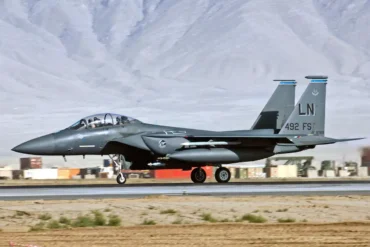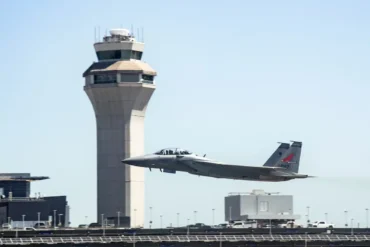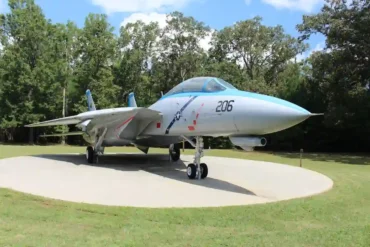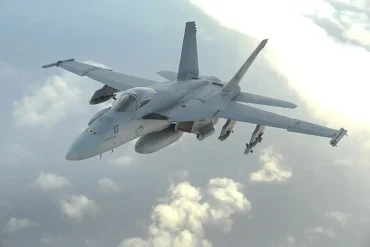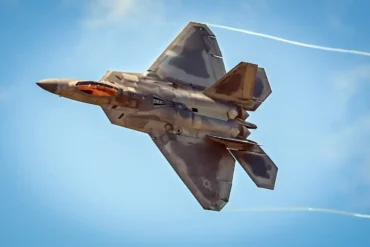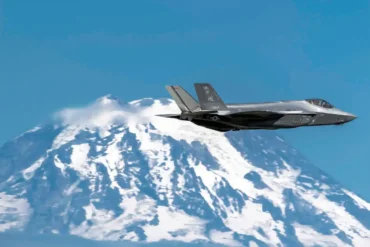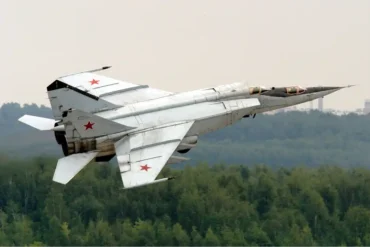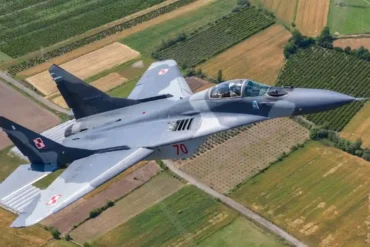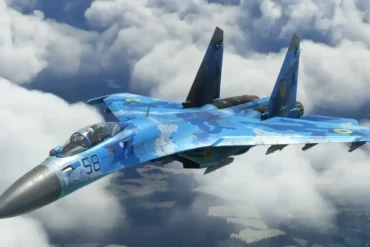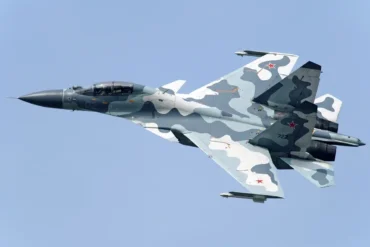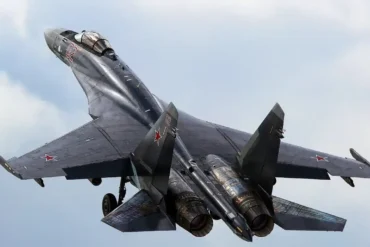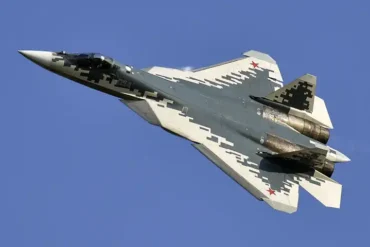The F-16 Fighting Falcon, a renowned multi-role fighter aircraft, has proven itself to be one of the most versatile and successful aircraft in the world. Manufactured by Lockheed Martin Corp., this fighter has played a critical role in air forces around the globe for decades. As countries continue to update their fleets, understanding the cost of the F-16 remains a key factor for military procurement decisions.
In this article, we delve into the pricing of the F-16 Fighting Falcon, exploring various factors that contribute to its cost, and providing a breakdown of the different variants, maintenance, and operational expenses.
1. The Cost Breakdown of the F-16
Base Price of the F-16
The F-16 Fighting Falcon comes in various models, and its cost can vary significantly depending on the configuration and the specific variant being purchased. As of the most recent data, the F-16A/B (early models) is priced around $14.6 million per unit in fiscal year 1998 constant dollars. Meanwhile, the F-16C/D (later models with advanced avionics) is priced at approximately $18.8 million per unit in the same time frame.
F-16 Variants and Their Prices
The price of the F-16 varies by model, largely due to the differing levels of technological sophistication, weaponry, and design enhancements. Here’s a breakdown of the cost of each model:
- F-16A/B (Early Models): These earlier variants are often used for training and light combat roles, featuring older radar systems and avionics. The price for these units is around $14.6 million.
- F-16C/D (Later Models): The C and D variants offer improved radar systems, better engines, and enhanced avionics. These models cost approximately $18.8 million per unit.
- F-16V (Block 70/72): The most recent iteration of the F-16 features the advanced AN/APG-83 AESA radar, improved avionics, and updated engines. This modern version can cost upwards of $25 million per unit, depending on the level of customization and upgrades.
Why the Price Varies
The cost fluctuations among these variants are primarily due to advancements in technology, changes in materials, and overall enhancements in operational capabilities. The most recent F-16V offers significant upgrades such as advanced radar, improved electronic warfare systems, and a more powerful engine, contributing to its higher cost.
2. Operating Costs: Hourly and Maintenance Expenses
Cost Per Hour of Operation
The F-16 Fighting Falcon is known for its relatively low operating costs compared to other fighter aircraft. On average, the cost per flight hour for an F-16 is about $8,000 to $10,000. This includes fuel, maintenance, and other operational expenses. However, this figure can vary based on the specific model, its configuration, and the country operating it.
The F-16C/D (which is a more modern version) tends to incur slightly higher operational costs, especially if it is equipped with advanced avionics and weapons systems. As more complex systems are added, such as the AN/APG-83 AESA radar or additional sensors, the per-hour cost increases.
Maintenance and Longevity
While the F-16’s design is known for its reliability, maintenance costs can be substantial over time. The aircraft has a service life of approximately 8,000 flight hours, but this can extend with regular upgrades and refurbishments. As the aircraft ages, overhaul and upgrade programs become necessary, further influencing long-term costs. For example, mid-life upgrades (MLUs) typically cost between $5 million and $8 million per aircraft, depending on the scope of modifications and the specific variant.
Fuel Costs
The F-16 is powered by highly efficient engines, but fuel remains a significant cost factor. With an internal fuel capacity of 7,000 pounds and a maximum takeoff weight of 37,500 pounds, the aircraft can carry additional fuel with external tanks, which increases its combat radius and mission duration. The range of the F-16 exceeds 2,000 miles (approximately 1,740 nautical miles) on a ferry mission, but operational range depends heavily on the mission profile, fuel load, and external stores.
A fighter’s fuel cost depends not only on its fuel capacity but also on how aggressively it is flown. The F-16’s maximum speed of 1,500 mph (Mach 2 at altitude) can strain fuel consumption, particularly during high-speed combat scenarios.
3. The F-16’s Value Proposition
Cost-Effectiveness of the F-16
Despite the aforementioned costs, the F-16 Fighting Falcon represents one of the most cost-effective multi-role fighter jets on the market. Its balance of affordability, combat capability, and reliability make it a go-to choice for many air forces, especially those in countries with limited defense budgets. The ability to perform air-to-air combat and air-to-ground attack missions makes the F-16 incredibly versatile, allowing it to serve as the backbone of several air forces worldwide.
In addition, the F-16 has been continuously upgraded, ensuring that it remains relevant even as newer, more advanced aircraft enter the scene. Its proven record in combat, alongside its adaptability, justifies its relatively high purchase price for many nations.
Global Sales and Export Market
The F-16 has become one of the most widely used fighter aircraft in the world, with over 4,600 units built since its inception. The F-16 is in service with over 25 countries, including NATO members, Middle Eastern nations, and several countries in Asia. Lockheed Martin’s ability to tailor the aircraft to meet the specific needs of various air forces has been key to the F-16’s success in the global market.
Countries purchasing the F-16 often benefit from favorable export agreements and financing options, which can make the aircraft more accessible. For example, many nations have opted for refurbished F-16s, which can be purchased at a significantly lower cost, with upgrades and overhauls performed to extend the aircraft’s operational life.
4. Cost of the F-16 Compared to Other Fighters
How Does the F-16 Compare to Other Fighter Jets?
When compared to other modern fighter aircraft, the F-16 is considered relatively affordable. For example, the F-35 Lightning II, a fifth-generation stealth fighter, costs around $80 million to $100 million per unit, depending on the variant. This stark difference in price highlights the cost-effectiveness of the F-16, especially for countries looking to build a large, capable air force without breaking the bank.
Even when compared to other fourth-generation fighters like the F/A-18 Hornet or the Eurofighter Typhoon, the F-16 remains competitive in terms of cost. While the Eurofighter Typhoon can exceed $100 million per unit, the F-16 offers similar performance in many aspects, at a fraction of the price.
Total Cost of Ownership Over a Fleet’s Life Cycle
When considering the total cost of ownership for a fleet of F-16s, it’s important to account for factors beyond the initial purchase price. These factors include:
- Operational Costs: Hourly flying costs, maintenance, fuel, and support equipment.
- Upgrades: Continued investments in avionics and other technology to ensure the aircraft remains competitive.
- Training: Costs related to pilot training, simulators, and operational readiness.
Over the course of its service life, an F-16 can be expected to cost between $25 million and $35 million per aircraft in total lifecycle costs, depending on the model and upgrades. This makes the F-16 an excellent value, especially when compared to other high-end fighters.
5. Conclusion: A Smart Investment for Many Nations
The F-16 Fighting Falcon is a capable, cost-effective fighter aircraft that has proven its worth over decades of service. While the price of the F-16 may vary based on the model and any specific upgrades, it remains one of the most reliable, versatile, and affordable fighter jets in the world.
For many nations, the F-16’s low operating costs, impressive combat capabilities, and proven combat performance make it a smart choice for maintaining a potent air force without breaking the defense budget. Whether opting for an early model or a modernized variant, the F-16 offers exceptional value, ensuring that it will continue to serve as a cornerstone of air defense for years to come.

